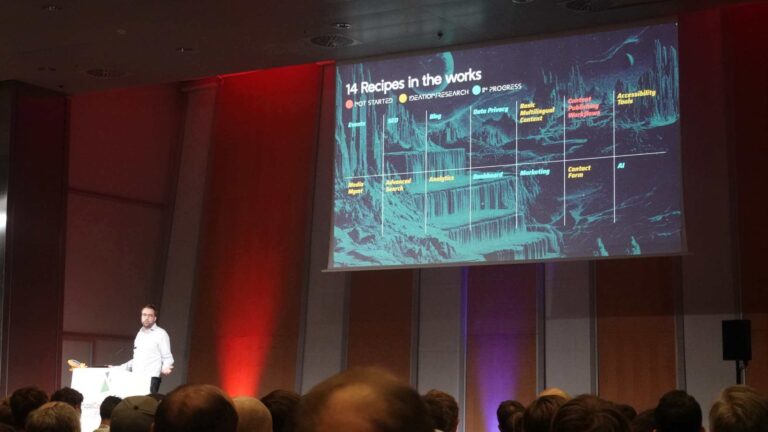
Here’s why cloud optimization is essential:
Cloud optimization is not just about cutting costs. It’s about making the cloud smarter, faster, and more aligned with business value. It’s a journey that evolves with technology, scale, and strategy.
According to Flexera’s 2024 State of the Cloud Report, nearly 30% of cloud spend is wasted due to idle resources, misconfigured services, and a lack of governance. What starts as a cost-efficient innovation platform can quickly turn into a financial burden.
What Is Cloud Optimization?
The cloud has become the backbone of modern digital transformation, powering everything from startups to Fortune 500 enterprises. But as organizations grow in the cloud, one reality becomes unavoidable- scale without optimization leads to waste.
Cloud optimization is the process of improving cloud performance, cost efficiency, security, and governance. It’s not just about saving money; it’s about ensuring that every workload, every service, and every dollar in the cloud contributes meaningfully to your organization’s goals.
- Resources are right-sized to actual workloads.
- Costs are visible, predictable, and aligned with business priorities.
- Performance and reliability are not compromised in pursuit of savings.
- Security and compliance standards are embedded, not added later.
FinOps introduces principles like:
Why Cloud Optimization Matters
Today’s enterprises rarely use a single provider. Multi-cloud and hybrid strategies are the norm: AWS for compute-heavy workloads, GCP for analytics, and Azure for enterprise integrations.
- Financial Efficiency: Cloud bills often contain hidden costs, unused storage, underutilized compute, or redundant services. Optimization uncovers and eliminates them.
- Operational Agility: Optimized workloads respond faster, scale intelligently, and improve overall system performance.
- Business Predictability: Optimization builds financial discipline into cloud operations, helping CFOs forecast and plan with confidence.
- Sustainability: By reducing unnecessary resource use, organizations also lower their carbon footprint, a growing metric in ESG reporting.
Ultimately, cloud optimization is not just about doing more with less. It’s about ensuring that every part of the cloud infrastructure supports innovation efficiently.
The Pillars of Cloud Optimization
From our work at CloudKeeper and across the broader FinOps community, cloud optimization can be broken into five interconnected pillars:
1. Cost Optimization
- Rightsizing: Adjust instance types and sizes to match real workloads.
- Discount Management: Use Reserved Instances, Savings Plans (AWS), or Committed Use Discounts (GCP) effectively.
- Eliminate Waste: Identify and remove idle, orphaned, or zombie resources.
- Optimize Storage: Match storage classes (Standard, Nearline, Archive) to data usage patterns.
2. Performance Optimization
- Continuously monitor latency, throughput, and load distribution.
- Use autoscaling to dynamically adjust resources.
- Adopt load balancing and caching strategies to improve responsiveness.
3. Security Optimization
- Implement least-privilege access and continuous compliance checks.
- Use encryption and IAM best practices to protect data.
- Integrate security audits into CI/CD pipelines to prevent misconfigurations.
4. Operational Optimization
- Automate deployments, patching, and resource provisioning.
- Adopt Infrastructure as Code (IaC) for consistency and version control.
- Centralize monitoring and alerting to reduce operational overhead.
5. Architectural Optimization
- Design workloads using cloud-native services: containers, serverless, and managed databases.
- Reduce inter-region data transfers by optimizing network topology.
- Continuously review architecture through Well-Architected Reviews or equivalent frameworks.
Cloud optimization is not a one-time project; rather, it’s a continuous lifecycle of monitoring, analyzing, and improving.
Cloud Optimization in Multi-Cloud and Hybrid Environments
The most successful organizations are those that see optimization as a continuous advantage, not a periodic activity. They invest in visibility, automation, and expert partners who help them extract every bit of value from their cloud investments.
Cloud optimization is evolving from manual cost-cutting to AI-driven, autonomous efficiency.
- Unified visibility: A single dashboard to track spend, utilization, and performance across providers.
- Policy consistency: Governance frameworks that apply uniformly, regardless of platform.
- Automation: Scripts and rules that can execute optimization actions automatically across clouds.
- Expert guidance: A partner who understands the nuances of each cloud ecosystem.
This is where solutions like CloudKeeper Lens and managed services come in, offering real-time insights, cross-cloud analytics, and actionable optimization recommendations.
The FinOps Connection
Optimization success lies in balance, between automation and control, efficiency and agility, savings and innovation.
Even mature cloud teams can fall into traps that derail optimization:
- Visibility first: Everyone should understand where cloud money goes.
- Collaboration: Finance and engineering share responsibility for efficiency.
- Continuous improvement: Optimization isn’t a quarterly task; it’s a daily mindset.
Common Mistakes to Avoid
A well-optimized cloud environment ensures that:
- Focusing only on cost: Cutting spend without considering performance or resiliency.
- Treating optimization as a one-time project: It’s an ongoing process, not a single audit.
- Ignoring shared responsibility: Optimization requires buy-in from finance, DevOps, and business leaders.
- Overcommitting to discounts: Multi-year commitments without flexibility can backfire.
- Neglecting tagging and visibility: Without clear cost attribution, savings are hard to sustain.
FinOps is the discipline that operationalizes cloud optimization. It brings together finance, engineering, and procurement teams to create accountability and transparency around cloud spend.
The Future of Cloud Optimization
By Aman Aggarwal
That’s where cloud optimization comes in – aligning performance, cost, and business outcomes in a continuously evolving environment.
- Predictive scaling: Using AI to forecast workloads and adjust capacity automatically.
- Carbon-aware optimization: Balancing cost and environmental sustainability.
- Integrated FinOps and CMPs: Unified platforms that merge financial insights with operational control.
- Guaranteed savings models: Where customers see measurable savings without disrupting workflows.
Each of these pillars feeds into the other – optimizing cost without addressing performance or security creates imbalances.
Here’s where the industry is heading:
While this brings flexibility, it also multiplies complexity. Each provider has its own pricing models, tools, and optimization levers. To optimize effectively across such environments, organizations need:






